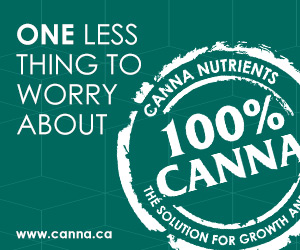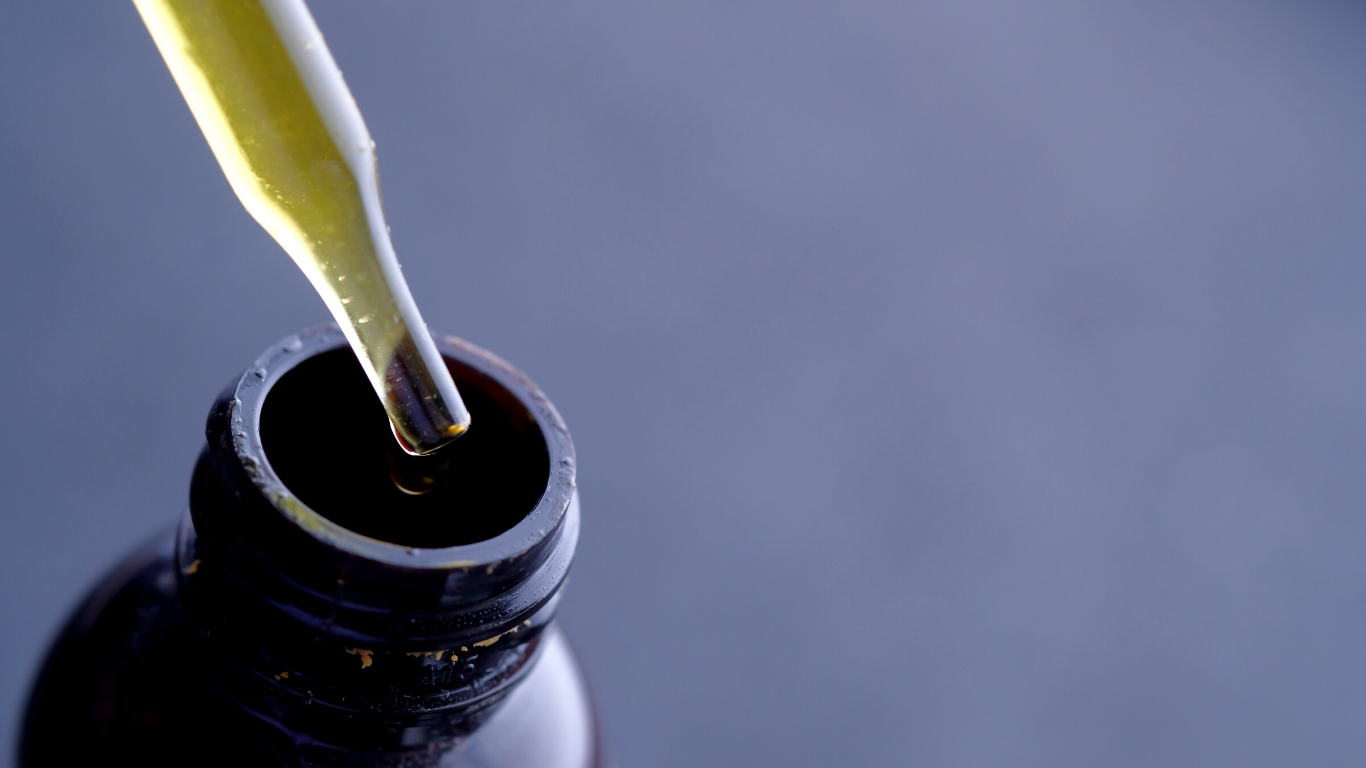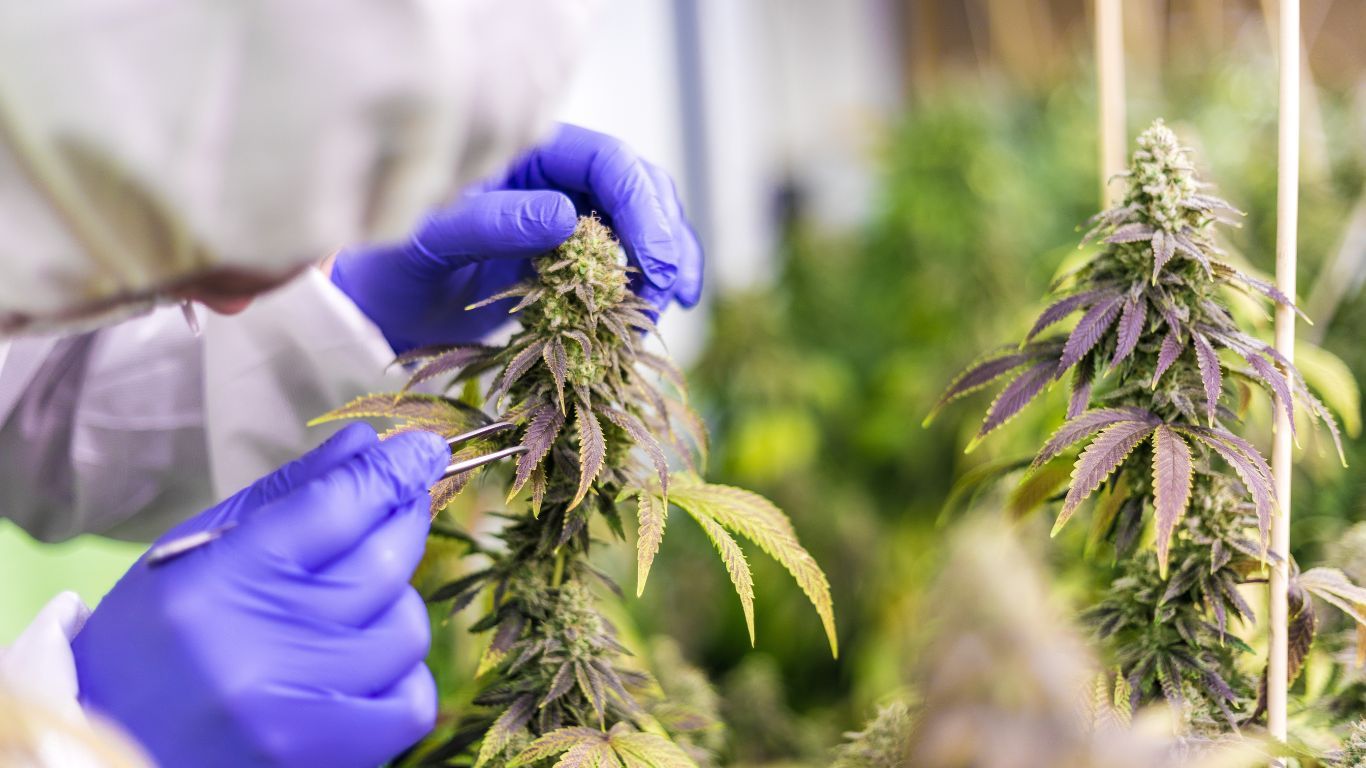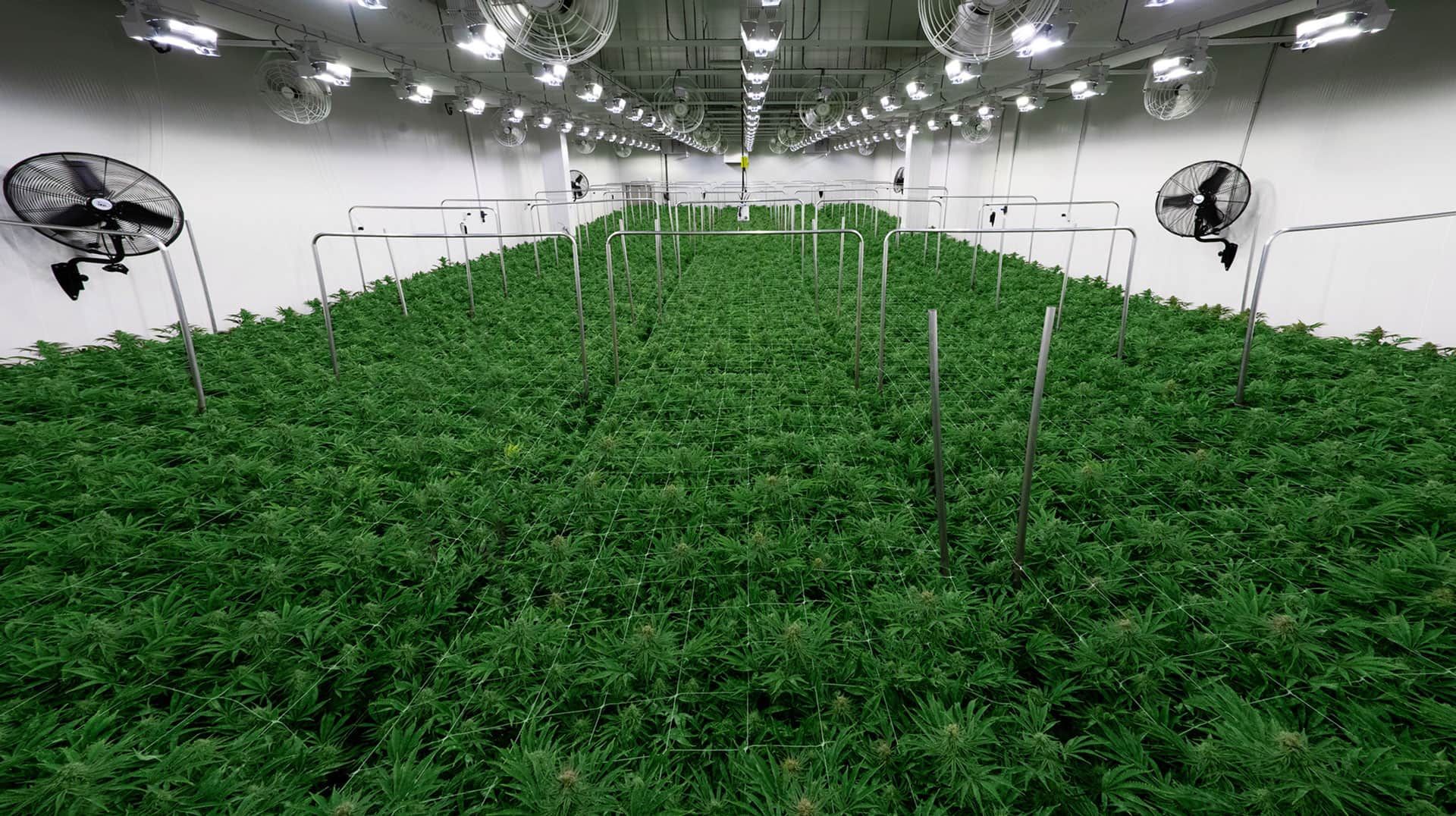
Last Friday, Health Canada announced several changes to the cannabis regulations. While a long-awaited change to beverage equivalency factors is getting most of the attention, the allowance of standard reference materials (SRMs) for product testing is arguably of equal importance.
In particular, the announcement allows for “analytical testing licence holders and federal and provincial government laboratories to produce, distribute, and sell reference standards and test kits, to increase access to cannabis testing materials and thereby support access to a quality-controlled supply of cannabis.”
As unenthused as I am about the prospect of being able to push a wheelbarrow full of weed drinks home from the store now, I’m enthusiastic about this lesser-celebrated advancement.
SRMs allow manufacturers to provide accurate information about the products they sell. For instance, when you read the nutrition information on the label of any food product, you can rest assured that the calorie count and fat content listed are accurate because the equipment used to measure them has been calibrated with an SRM that contains a known quantity of each substance being analyzed.
Now imagine there were no SRMs. Imagine the ice cream you’re eating actually has significantly more fat and sugar in it than the nutrition label states, or only half of the vitamin C.
Until now no such communal standard reference has been available to the cannabis industry, meaning that labs have been left to calibrate their equipment with self-adopted standards. It has been argued that, in the absence of SRMs, some labs might have calibrated their equipment in such a way as to maximize cannabinoid and terpene measurements, which would be desirable to cannabis producers in that there is an established retailer and consumer preference for higher levels of these constituents. It’s much easier to move flower at 20+ per cent than it is at say, 17.5 per cent.
These new standard reference materials have the potential to put an end to inflated cannabinoid and terpene values. Scrupulous labs can now use them to calibrate their equipment, ensuring consistently accurate measurements. They can advertise that they do this. As time progresses, this will become expected, if not mandated.
And what’s more, these materials don’t come cheap. It takes a great deal of time and expensive equipment to produce them and all of the documentation they come with. This presents a potentially lucrative opportunity for licensed labs with the means to manufacture them.
While I’m happy that beverage equivalencies are now more realistic—even though I’m personally not a fan of drinking weed—I’m much more optimistic that in the future this artificial notion that cannabis needs to test above 20 per cent THC in order to appeal to consumers will be a thing of the past.
–Until it closed last spring, Ryan was the general manager of Aurora’s 200-acre outdoor facility in Westwold BC (which is now a heavily fortified garlic farm). He’s currently looking for new opportunities. Previously, he was one-half of Verp, a news editor for Lift (before the ampersand), managing editor at Canlio, and a longtime employee and ally of the Victoria Cannabis Buyers’ Club.











